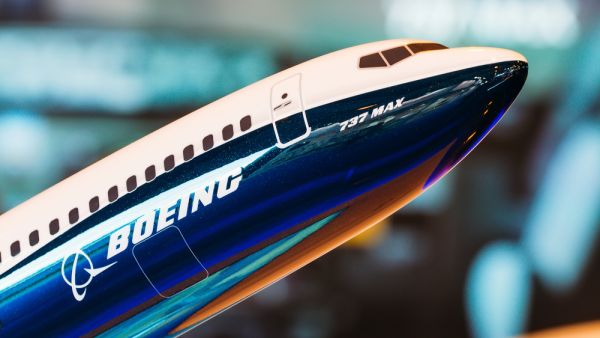The publication of the directive by the European Union Aviation Safety Agency opens a 28-day public consultation period after which the agency will review the input and then approve the aircraft for flight.
It said the step signals “its intention to approve the aircraft to return to Europe’s skies within a matter of weeks.”
Regulators around the world grounded the Max in March 2019, after the crash of an Ethiopian Airlines jet. That happened less than five months after another Max flown by Indonesia’s Lion Air plunged into the Java Sea. A total of 346 passengers and crew members on both planes were killed.
The move by the EASA, which is based in Cologne, Germany, comes after the U.S. Federal Aviation Administration already cleared the Boeing 737 Max earlier this month.
Investigations into the accidents revealed a primary cause in both cases was a software function program known as the Maneuvering Characteristics Augmentation System or MCAS. EASA said its probe began with a review of the MCAS but went far beyond.
EASA said one “fundamental problem” of the MCAS, which was intended to make the aircraft easier to handle, was that many pilots did not even know it was there.
The airworthiness directive seeks to address that human factor, proposing not only changes to the aircraft design but also requiring a mandatory training program for pilots, including flight simulator training.
The European directive requires the same changes as those mandated by the FAA, so there will be no software or technical differences between jets operated by American or European carriers.
But EASA also explicitly gives flight crews more leeway to intervene to override automatic systems, and mandates, for the time being, that the aircraft’s autopilot should not be used for certain types of high-precision landings.








